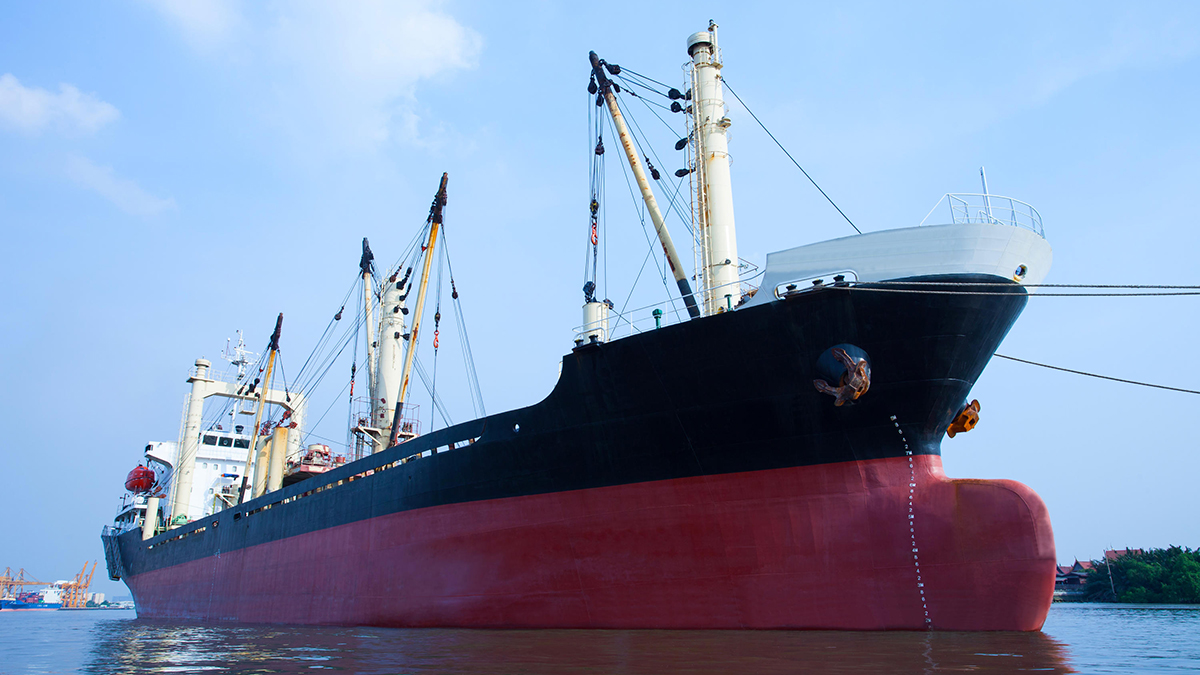Lock in long-term marine hull pricing if offered, Gallagher urges
Moves by P&I clubs to write commercial lines are positive, leading broker argues
Inflation likely to kick in by 2024 or 2025, which could see some insurance companies and syndicates reconsider their exposure to the class
Fleets with good loss records may be able to negotiate longer than average hull and machinery (H&M) insurance policies in the current flat market and should take advantage of the chance to lock in to current rates, according to a leading marine broker.
Mike Ingham, director of the marine division at Gallagher, argued current inflationary trends are not yet being reflected in pricing, but probably will be in a year or so.
While long tenor H&M policies are no longer as common as they are in soft markets, the most attractive fleets are in a good position to argue for 24-month contracts or 18-month contracts with a 12-month rollover provided there are no claims.
Many underwriters are keen to grow their books and that has resulted in market pressure to keep prices down to win business.
Gallagher’s base case is H&M pricing right now is essentially flat, although other sources have suggested a low single-digit hardening in the year to date.
Yet the cost of an average claim is steadily rising, thanks to increases in the prices of steel, labour and spare parts.
“If you’ve got a big clean fleet at the moment, I think you can be expecting an ‘as expiry’ quote,” Ingham said.
But once inflation starts to appear in loss ratios, it could be sufficient to tip a book that is currently marginally profitable into unprofitability.
“If inflation affects your attritional claims to the point where the overall loss ratio is drifting out by 5% or 6%, suddenly you’re back in loss-making territory. There could well be a reaction to that in a year or two’s time.”
In that scenario, companies and syndicates will start looking at marine hull again.
They will no doubt be mindful the class lost money 18 years in a row until the recent period of hardening that commenced around 2019, on the back of the Lloyd’s Decile 10 clampdown on perceived underperformers.
“I can see the situation where underwriters start getting looked at by their managers and asked to come off business if they’re not getting increases,” Ingham said.
Major casualties had been few in the last period. According to Allianz Global Corporate & Specialty, shipping losses hit a record low in 2022 with only 38 total losses of large ships reported globally, down from 59 the previous year.
But casualty trends are volatile and capricious, and it would only take a string of big losses to upend current perspectives, Ingham said.
Meanwhile, a number of protection and indemnity (P&I) clubs – led by NorthStandard and West – have announced a concerted push into commercial lines including H&M, using the profits to subsidise their mutual activity.
Ingham said he sees this as a positive and does not believe it will shake up the market. The clubs have, at least until now, adopted a conservative stance and have been quite selective.
“What’s good about having P&I clubs in is they are pure marine entities. They get shipping and they are going to be long-term players,” Ingham said. “They’re not stepping into this market for a short period of time because they’ve seen some profitability over the past couple of years.
“Of course, it’s all extra capacity. They want to write good business, so any extra capacity puts downward pressure on the market. But I wouldn’t say we’re seeing anything from those guys that will be market-changing.”
This article first appeared in Lloyd’s List, a sister publication of Insurance Day



